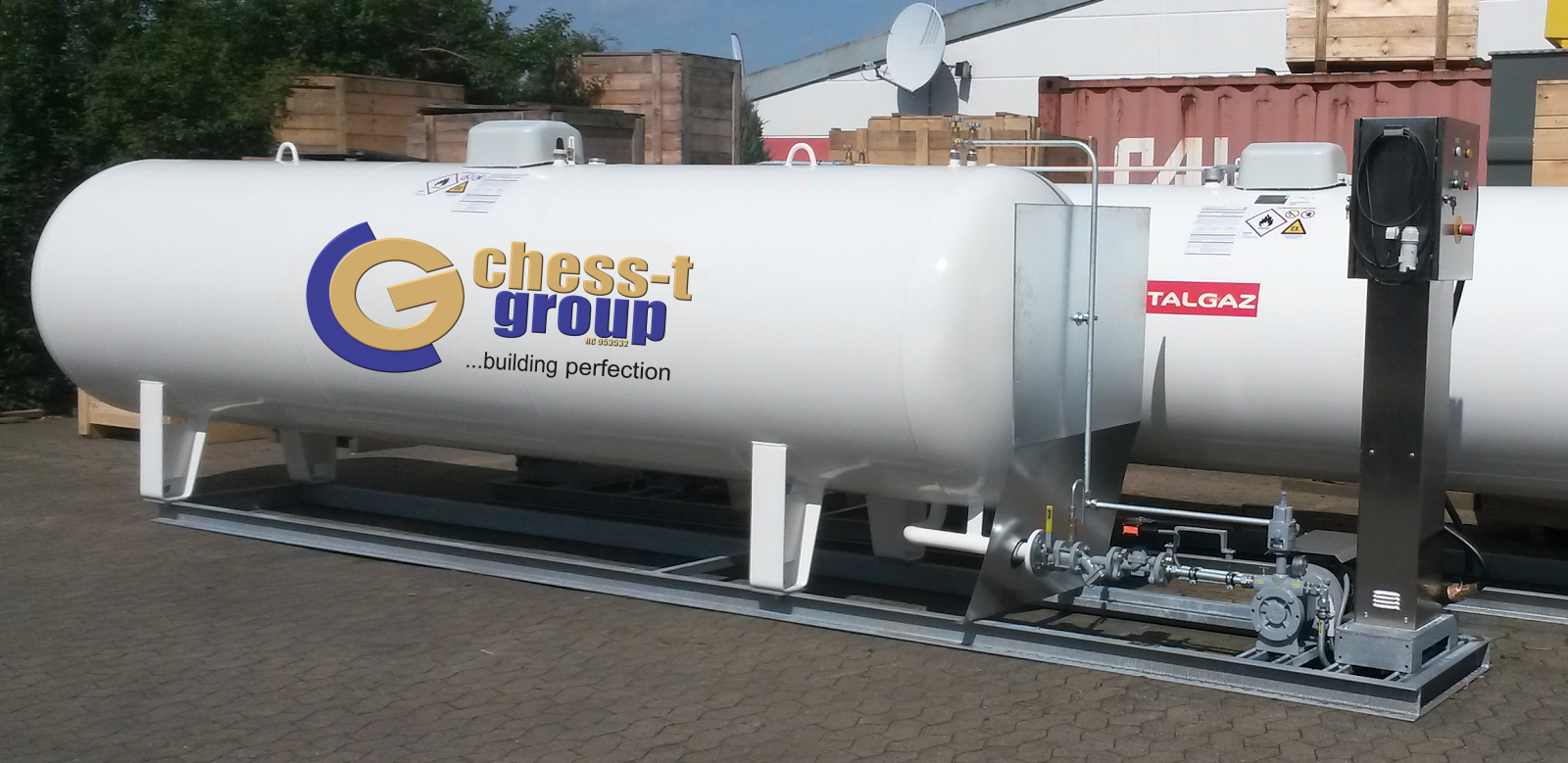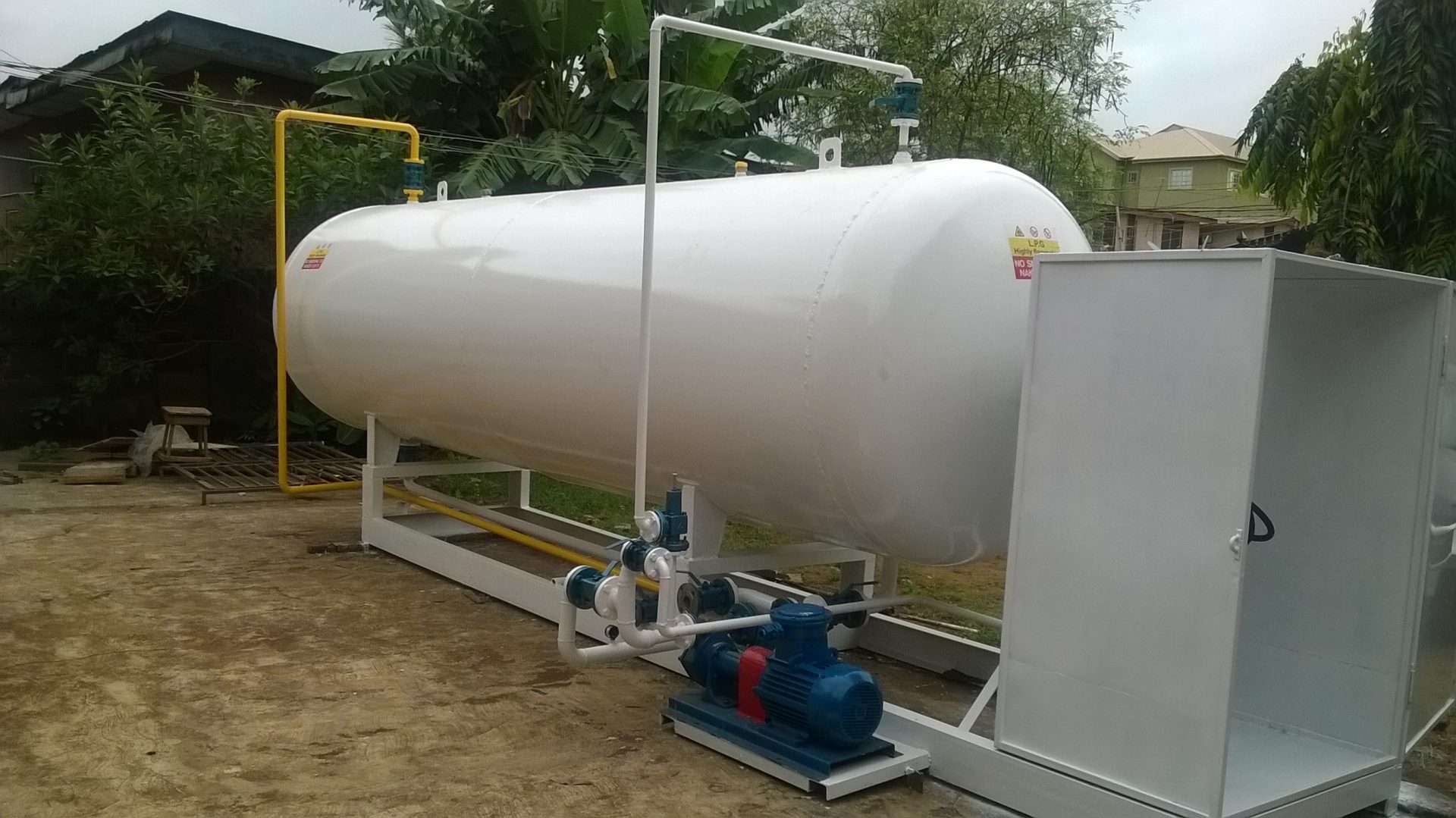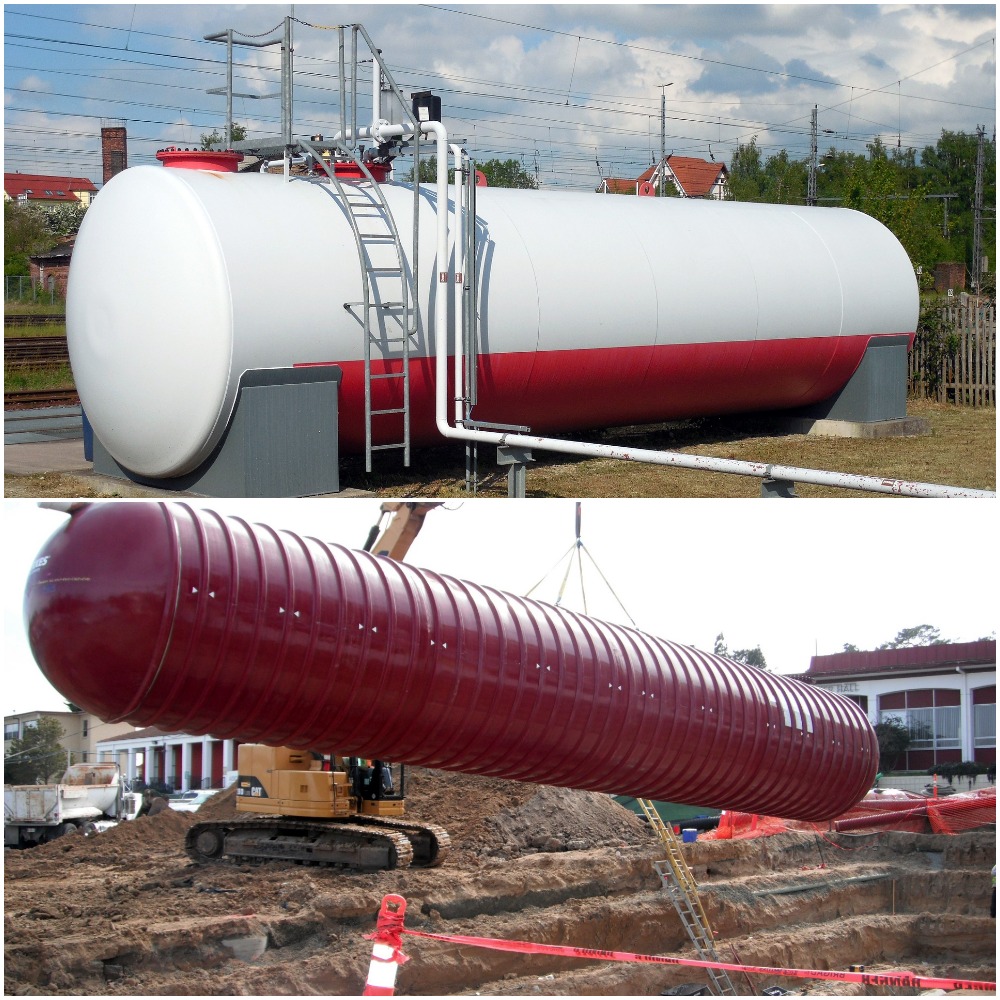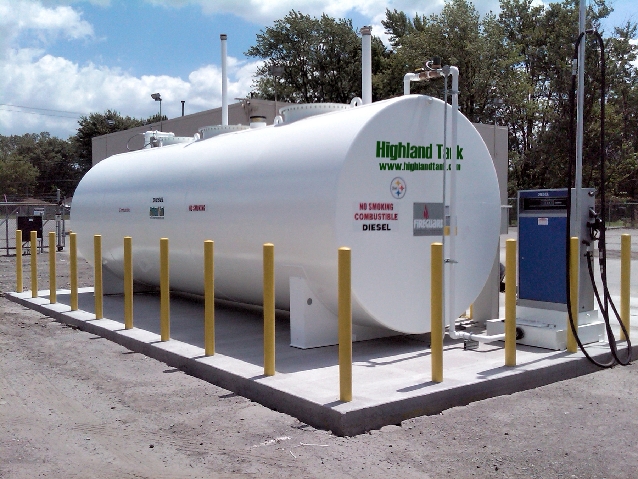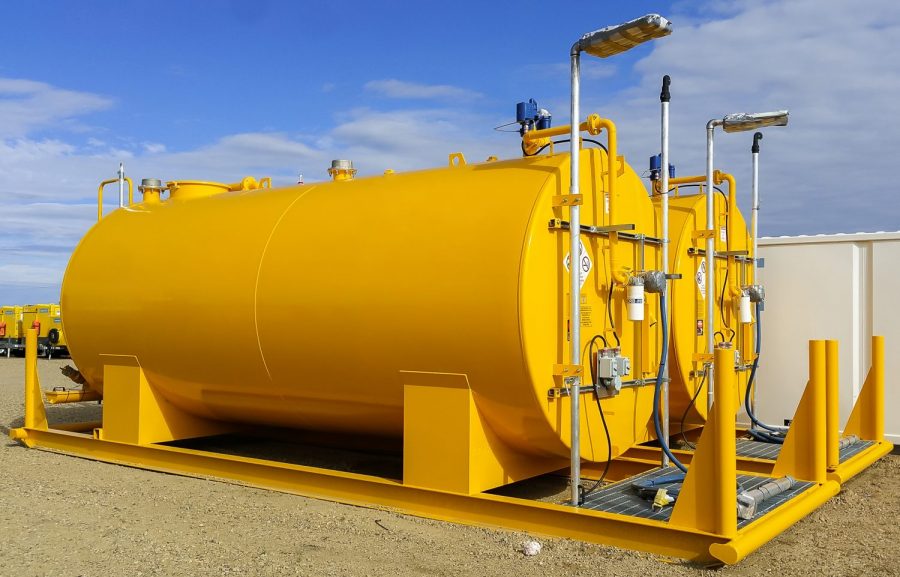Our services
LEADING THE FUTURE OF PETROL FILLING STATION AND GAS PLANT CONSTRUCTION
In the dynamic landscape of energy infrastructure, where innovation meets necessity, our company stands at the forefront as a beacon of excellence in petrol filling station and gas plant construction
CHESS T GROUP
Feasibility Studies and Business Plans:
• Meticulous Analysis: Our team conducts in-depth evaluations of market dynamics, regulatory frameworks, and technological trends to provide clients with comprehensive feasibility studies.
• Strategic Insights: We offer actionable insights and recommendations, empowering clients to make informed decisions and develop robust business plans that align with their goals and objectives.
Consultancy Services:
• Regulatory Guidance: Our experts navigate clients through the complex landscape of regulatory compliance, ensuring adherence to industry standards and best practices.
• Operational Optimization: We optimize processes and workflows to enhance operational efficiency, minimize costs, and maximize profitability.
• Long-term Partnerships: Building lasting relationships based on trust, integrity, and mutual success is at the core of our consultancy services.
Architectural Design and Animation:
• Innovative Design Solutions: Our team of architects creates innovative and functional designs that optimize space utilization, traffic flow, and aesthetics.
• Immersive Visualization: Utilizing advanced 3D modelling and virtual reality technologies; we bring architectural designs to life, allowing clients to explore their future facilities in stunning detail.
• Design Clarity: Our animations provide clients with a clear understanding of design concepts, spatial layouts, and aesthetic elements, facilitating effective communication and collaboration throughout the project.
Engineering Design:
• Electrical Engineering: Our electrical engineers design efficient and reliable electrical systems tailored to the specific needs of petrol filling stations and gas plants.
• Mechanical Engineering: We provide mechanical design services for equipment and machinery, ensuring optimal performance and longevity.
• Structural Engineering: Our structural engineers design safe and durable structures that withstand environmental factors and operational demands.
Engineering, Procurement, & Construction (EPC):
• Precision Execution: From site preparation to mechanical and electrical installations, our multidisciplinary team ensures precise execution of every aspect of the project.
• Quality Assurance: We uphold the highest standards of safety, quality, and sustainability, employing rigorous quality assurance processes and utilizing cutting-edge technologies.
• Timely Delivery: With a focus on efficiency and reliability, we strive to deliver projects on time and within budget, exceeding client expectations at every stage of the construction process.
Petrol Filling Station and Gas Plant Construction Services:
• Comprehensive Solutions: Our construction services cover every aspect of petrol filling station and gas plant development, including site layout, civil works, structural engineering, and equipment installation.
• Experienced Team: Our team of skilled engineers, technicians, and project managers brings extensive experience and expertise to every construction project, ensuring quality and efficiency from start to finish.
• Customized Approach: We tailor our construction services to meet the unique needs and specifications of each client, delivering customized solutions that exceed expectations.
• Safety First: Safety is our top priority, and we adhere to stringent safety protocols and regulations to ensure the well-being of our workers and the surrounding community.
DRIVING THE FUTURE: TRENDS AND DEVELOPMENTS IN PETROL FILLING STATION AND GAS PLANT CONSTRUCTION
Introduction:
As the global energy landscape continues to evolve at a rapid pace, the petrol filling station and gas plant construction industry stands at the forefront of innovation and transformation. In this comprehensive overview, we delve into the trends and developments shaping the future of the industry, providing insights from both engineering and business perspectives.
Conclusion:
In conclusion, the petrol filling station and gas plant construction industry is undergoing a profound transformation driven by sustainability, digitalization, modularization, and renewable energy integration. As professionals in the field, it is imperative that we embrace these trends and developments, leveraging innovation and collaboration to drive positive change and shape the future of the industry. With a commitment to excellence and a forward-thinking mind-set, we are poised to lead the charge towards a more sustainable and resilient energy infrastructure for generations to come.
Conclusion:
In conclusion, our company stands as a beacon of excellence in petrol filling station and gas plant construction, driven by a relentless passion for innovation, quality, and client satisfaction. Through our comprehensive suite of services encompassing feasibility studies, consultancy, architectural animation, and EPC, we empower our clients to realize their vision with confidence and clarity. With a steadfast commitment to excellence, integrity, and collaboration, we remain dedicated to shaping the future of energy infrastructure and delivering value that transcends expectations. As we continue to push the boundaries of innovation and excellence, we invite you to join us on this journey towards a future where possibilities are limitless, and success knows no bounds.
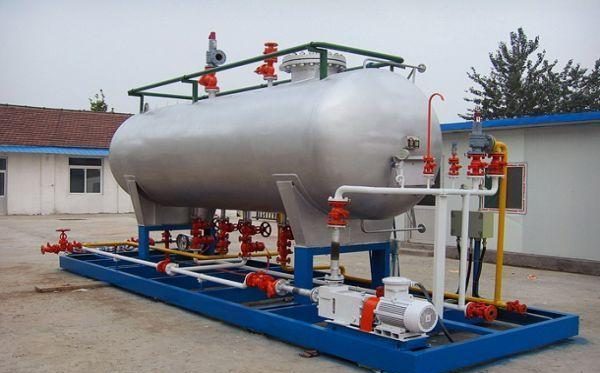
STEP-BY-STEP GUIDE TO STARTING A PETROL FILLING STATION AND GAS PLANT BUSINESS IN NIGERIA
Introduction:
Starting a petrol filling station and gas plant business in Nigeria requires careful planning, adherence to regulatory requirements, and thorough execution. In this step-by-step guide, we outline the key considerations and processes involved in establishing a successful venture in this industry.
Conclusion:
Starting a petrol filling station and gas plant business in Nigeria requires careful planning, regulatory compliance, and diligent execution.
By following this step-by-step guide and leveraging the expertise of professionals and industry stakeholders, you can establish a successful venture that meets the needs of motorists and contributes to the growth and development of the energy sector in Nigeria.

TYPES OF FUEL STATIONS WE CAN BUILD FOR YOU ANYWHERE IN NIGERIA
SHELL OIL FILLING STATION – Premium Brand (Minimum Service) – Comprising of the following:
• Six (6) filling pumps tailored for canopy stations
• Underground storage tank with a capacity ranging from 30,000 to 60,000 liters, advocating the use of high-volume tanks with a 50-year lifespan
• Comprehensive electrical installation and instrumentation
• Incorporation of essential safety features such as thunder arrestors and earthing systems
• Civil works
• Provision of overhead water tank and industrial bore hole/submersible system
• Integration of fire water pump with automation and Automatic Tank Gauging (ATG) system
• Facilitation of e-transact payments for customer convenience
• Availability of color-coded nozzles to accommodate various fuel types, enhancing operational efficiency and customer satisfaction
CALTEX OIL FILLING STATION- Super Premium Brand (Full service) – Comprising of the following:
• Eight (8) filling pumps specifically designed for canopy stations, ensuring efficient fuel distribution.
• Underground storage tanks with capacities ranging from 30,000 to 60,000 liters, selected from high-volume tanks with a 50-year lifespan.
• Comprehensive electrical installation and instrumentation to support the operational integrity of the station.
• Incorporation of essential safety features such as thunder arrestors and earthing systems to mitigate potential risks.
• Civil works
• Provision of an overhead water tank and fire water pump to meet emergency water supply needs.
• Integration of an Automatic Tank Gauging (ATG) system for precise fuel inventory management.
• Facilitation of e-transact collection payments for seamless and secure transactions.
• Provision of color-coded nozzles to streamline the fueling process and enhance customer experience.
SAPPHIRE OIL FILLING STATION Executive Premium Brand (Electronic service) – Comprising of the following:
• Ten (10) filling pumps specifically designed for canopy stations, ensuring efficient fuel distribution.
• Underground storage tank with capacities ranging from 30,000 to 60,000 liters, selected from high-volume tanks with a 50-year lifespan.
• Comprehensive electrical installation and instrumentation to support the operational integrity of the station.
• Civil works
• Provision of an overhead water tank and fire water pump to meet emergency water supply needs.
• Integration of an Automatic Tank Gauging (ATG) system for precise fuel inventory management.
• Strategic location along a major road and near busy areas for enhanced commercial activities.
TYPES OF GAS PLANTS WE CAN BUILD FOR YOU ANYWHERE IN NIGERIA
MINI GAS PLANT – Excluding Land – Comprising of the following:
• Four (4) filling scales designed for precise measurement and control of LPG quantities.
• Cylinder filling platform sizes ranging from 6m to 7m, ensuring efficient operations.
• A storage tank capacity of 10 tons (20000 liters), available in brand new or fairly used options to suit your requirements.
• Two LPG pumps, equipped with electrical installation and instrumentation for seamless operation.
• Installation of pipes/piping, thunder arrestors, and earthing systems to ensure safety and compliance.
• Civil works encompassing tank concrete columns and platform/base construction for structural integrity.
• Provision of an overhead water tank to meet water supply needs.
• Industrial bore hole/submersible system installation for reliable water sourcing.
• Integration of a fire water pump with a hydrant system to enhance safety measures.
MEDIUM LPG GAS BOTTLING PLANT – Excluding land – Comprising of the following:
• Six (6) filling scales meticulously designed for accurate measurement and control of LPG quantities.
• Cylinder filling platform size of 8m/10m, ensuring optimal efficiency in the filling process.
• Storage tank capacity ranging from 25 tons to 60 tons (45000 liters to 115000 liters), available in brand new or fairly used options to suit your specific needs.
• Two LPG pumps and a compressor, complete with electrical installation and instrumentation for seamless operation.
• Installation of pipes/piping, thunder arrestors, and earthing systems to guarantee safety and regulatory compliance.
• Civil works encompassing tank concrete columns, platform bases, and pump house bases to ensure structural integrity.
• Provision of an overhead water tank and industrial bore hole/submersible system to meet water supply requirements.
• Integration of a fire water pump with a hydrant system to enhance safety measures and emergency response capabilities.
STANDARD GAS PLANT – Excluding land – Comprising of the following:
• Installation of eight (8) filling scales for precise measurement and control of LPG quantities.
• Cylinder filling platform sizes of 10m/12m, ensuring efficient operations during the filling process.
• Provision of storage tank capacities ranging from 50 tons to 120 tons (90000 liters to 230000 liters), available in brand new or fairly used options to meet specific requirements.
• Installation of four LPG pumps and a compressor, complete with electrical installation and instrumentation to ensure seamless operation.
• Implementation of pipes/piping, thunder arrestors, and earthing systems to guarantee safety and regulatory compliance.
• Execution of civil works, including tank concrete columns, platform bases, and pump house bases, to ensure structural integrity.
• Provision of an overhead water tank and industrial bore hole/submersible system to meet water supply needs.
• Integration of a fire water pump with a hydrant system to enhance safety measures and emergency response capabilities.
ENHANCING SAFETY STANDARDS: RECENT UPDATES IN PETROL FILLING STATION AND GAS PLANT CONSTRUCTION INDUSTRY IN NIGERIA
Recent changes in safety regulations and compliance requirements in the petrol filling station and gas plants construction services industry have placed a heightened emphasis on ensuring the safety of workers, facilities, and the surrounding environment. These updates reflect a commitment to maintaining high standards of safety and minimizing risks associated with the storage, handling, and dispensing of petroleum products and gases.
One significant development is the implementation of stricter guidelines for the design, construction, and operation of petrol filling stations and gas plants. Regulatory bodies, such as the – Nigeria Upstream Petroleum Regulatory Commission (NUPRC) in Nigeria, have introduced updated regulations that mandate adherence to specific safety protocols and standards. These regulations encompass various aspects, including but not limited to:
Environmental Impact Assessment (EIA): Petrol filling stations and gas plants are now required to undergo comprehensive EIAs to assess potential environmental risks and impacts. This includes evaluating factors such as air and water pollution, soil contamination, and ecological disturbances.
Fire Safety Measures: There is a greater emphasis on implementing robust fire safety measures, including the installation of fire suppression systems, emergency response plans, and regular fire drills. Additionally, petrol filling stations and gas plants must adhere to strict guidelines for the storage and handling of flammable materials to mitigate the risk of fire incidents.
Structural Integrity: Regulations now stipulate stringent requirements for the structural integrity of petrol filling stations and gas plants. This includes regular inspections and maintenance of storage tanks, pipelines, and other infrastructure to prevent leaks, corrosion, and structural failures.
Employee Training and Safety Awareness: Employers are required to provide comprehensive training programs for employees involved in the operation of petrol filling stations and gas plants. This includes training on safety protocols, emergency procedures, and the proper handling of hazardous materials to minimize accidents and injuries.
Overall, these recent updates to safety regulations and compliance requirements underscore the industry’s commitment to ensuring the highest standards of safety and environmental protection. By adhering to these regulations and implementing robust safety measures, petrol filling station and gas plant construction services companies can mitigate risks, protect workers and communities, and maintain the integrity of their operations.
SAFEGUARDING SUCCESS: BEST PRACTICES FOR MAINTAINING SAFETY STANDARDS ON CONSTRUCTION SITES
Introduction:
Ensuring safety on construction sites is paramount to the success of any project. As professionals in the field, it is our responsibility to prioritize the well-being of our workers, protect the environment, and uphold regulatory compliance. In this comprehensive guide, we delve into the top tips and best practices for maintaining safety standards on construction sites, combining engineering expertise with strategic business insights to safeguard success.
Comprehensive Risk Assessment:
• Conduct a thorough risk assessment before commencing any construction activity. Identify potential hazards such as falls, electrical hazards, machinery accidents, and hazardous materials exposure.
• Utilize industry-standard risk assessment tools and methodologies to evaluate risks systematically and develop effective mitigation strategies.
Robust Safety Training Programs:
• Implement comprehensive safety training programs for all workers, emphasizing the importance of hazard recognition, safe work practices, and emergency procedures.
• Provide specialized training for tasks involving heavy machinery operation, working at heights, confined space entry, and handling hazardous materials.
Clear Communication and Safety Policies:
• Establish clear communication channels and safety policies to ensure that all workers are aware of their responsibilities and rights regarding safety.
• Regularly communicate safety protocols, procedures, and updates to workers through safety meetings, toolbox talks, and signage.
Personal Protective Equipment (PPE):
• Provide appropriate personal protective equipment (PPE) to all workers and ensure its proper use and maintenance.
• Conduct regular inspections to ensure that PPE is in good condition and replace or repair any damaged equipment promptly.
Regular Inspections and Maintenance:
• Conduct regular inspections of construction equipment, machinery, and work areas to identify potential safety hazards or equipment defects.
• Implement a proactive maintenance schedule to address issues promptly and prevent accidents or breakdowns.
Emergency Preparedness and Response:
• Develop and implement emergency preparedness and response plans tailored to the specific risks and requirements of each construction site.
• Conduct regular drills and simulations to test the effectiveness of emergency procedures and ensure that workers are adequately prepared to respond to emergencies.
Continuous Improvement and Evaluation:
• Foster a culture of continuous improvement by soliciting feedback from workers, conducting safety audits, and analyzing incident reports.
• Use data-driven insights to identify trends, areas for improvement, and opportunities to enhance safety performance on construction sites.
Conclusion:
By adhering to these best practices and integrating safety considerations into every aspect of construction site management, we can create safer work environments, protect lives, and ensure the successful completion of construction projects. With a steadfast commitment to safety and continuous improvement, we can elevate safety standards and set new benchmarks for excellence in the construction industry.

UNLOCK YOUR VISION: PARTNER WITH US FOR YOUR PETROL FILLING STATION AND GAS PLANT CONSTRUCTION NEEDS
At Tom Chess T Group, we understand that every petrol filling station and gas plant project is unique, presenting its own set of challenges and opportunities. As a leading provider of construction services in the industry, we pride ourselves on our ability to turn your vision into reality.
Whether you’re embarking on a new project, expanding an existing facility, or seeking expert guidance, we are here to support you every step of the way. Let us be your trusted partner in bringing your ideas to life.
Collaborative Approach:
• We believe in the power of collaboration and teamwork. From the initial concept design to the final construction phase, we work closely with you to ensure that your voice is heard every step of the way.
• Our transparent communication channels and collaborative approach foster trust and confidence, allowing us to build strong and lasting relationships with our clients.
Expert Guidance:
• With years of experience in the industry, we offer expert guidance and strategic insights to help you navigate the complexities of petrol filling station and gas plant construction.
• Whether you need assistance with regulatory compliance, site selection, or project management, our team is here to provide the expertise and support you need to succeed.
Seamless Execution:
• Our commitment to excellence extends beyond words; it’s reflected in our actions. We pride ourselves on our ability to deliver projects on time, within budget, and to the highest quality standards.
• With meticulous planning, attention to detail, and a focus on safety, we ensure that every project is executed seamlessly from start to finish.
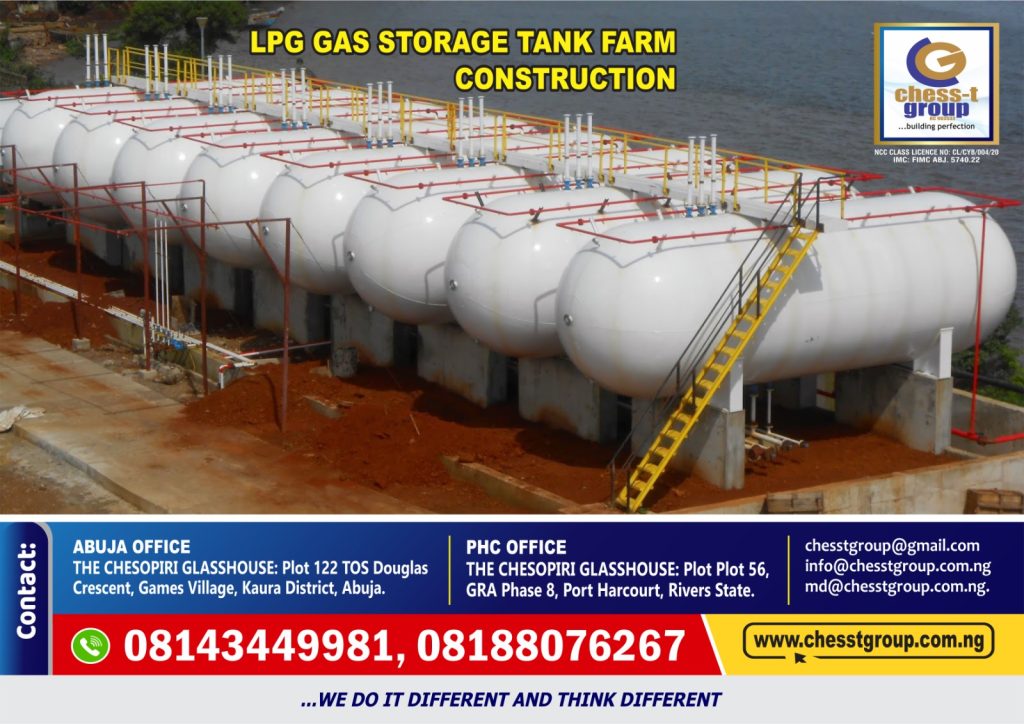
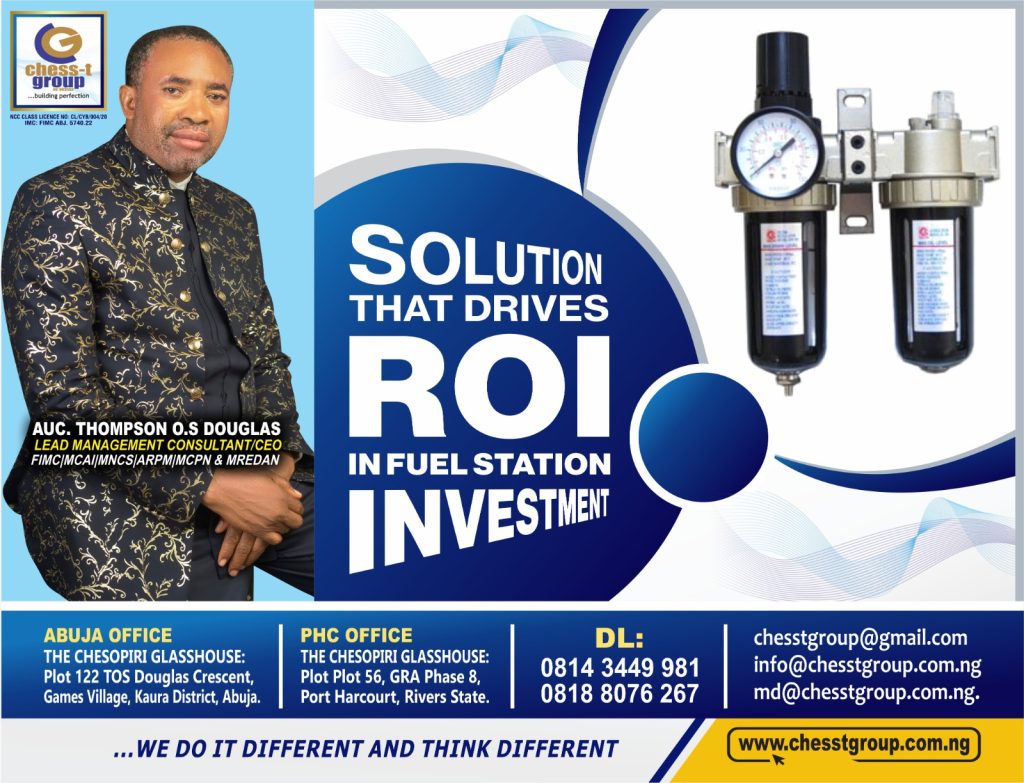
Experience the Future of Gas Plant Construction.
Innovative. Sustainable. Reliable.
We design and build modern gas plants that meet global standards while ensuring safety, efficiency, and long-term performance. With advanced technology and expert engineering, we deliver projects that power the future.

